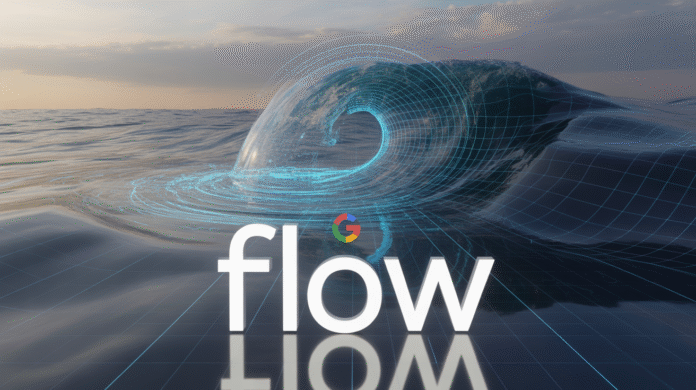Google has introduced Veo 3.1, the latest evolution of its AI video-generation model, alongside enhanced features for its creative filmmaking suite Flow. The rollout delivered through the Gemini API includes two new versions: Veo 3.1 Standard and Veo 3.1 Fast.
What’s New in Veo 3.1
Google says Veo 3.1 builds on the success of Veo 3 with more realistic visuals, improved prompt-to-scene accuracy, and richer native audio. The upgrade allows creators finer control over style, pacing, and storytelling, producing smoother, more cinematic results.
The company also claims that Veo 3.1 can better interpret nuanced text prompts turning short written ideas into detailed, high-fidelity video clips suitable for marketing, entertainment, and education.
Integration with Flow
The update comes as part of Google Flow, a filmmaking and editing platform designed to help professionals merge generative video, audio, and effects into cohesive storytelling pipelines. With Flow’s new interface, creators can combine multiple AI-generated shots, edit narration timing, and refine scene transitions—all within one workspace.
Google’s Vision
A Google spokesperson said the update aims to “make AI video generation as seamless and expressive as traditional filmmaking,” enabling content creators and studios to focus more on creativity than technical constraints.
Industry Context
The release of Veo 3.1 marks Google’s continued effort to stay competitive against OpenAI’s Sora and Runway’s Gen-2 in the rapidly expanding generative-video sector. Experts believe these tools could redefine advertising, entertainment production, and virtual education in the next few years








